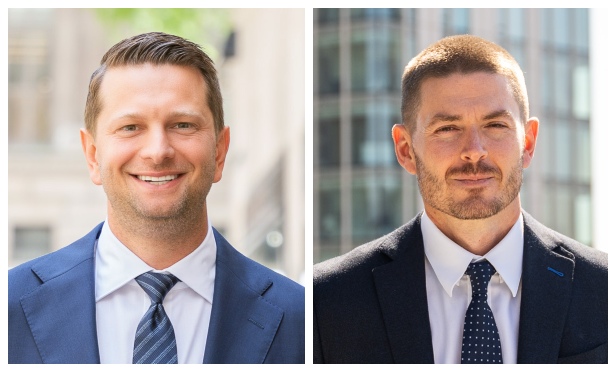"We are not in a typical recession," said Christopher Thornberg, founder of Beacon Economics, at Financial Partners Credit Union's 4th Annual Economic Forum last week. In his presentation, Thornberg painted a picture that the economic dislocation is not as severe as many fear, and in fact, the hysteria, as he describes it, it unwarranted. As we had a healthy economy heading into this recession, we will have a healthy economy again as soon as the public health problem is resolved.
"We are in the midst of a recession, but the question is 'how bad of a recession,' and where is the economy going to be in the second half of the year? If you look at the headlines, you are hitting the panic button and are ready to go live on an island and wait this thing out," Thornberg said during the digital conference. "Take a step back. When any kind of conversation is had, hysteria is the new normal."
However, he assures, this isn't a typical recession, and he continues to make a case for a V-shaped recovery. "We are not in a typical downturn. Has there been a collapsing financial bubble? No. Has there been a massive financial bubble on the US economy? No. Did we see this coming a year away? No," he said. "In fact, as much as this is an incredibly large negative shock to the system, it is not a traditional business cycle in any way, shape or form. For all of the folks leaping to the worse possible conclusion, they are leaping to assumptions that don't make sense."
A typical recession is triggered by an imbalance in the market. This recession, on the other hand, was triggered by a public health crisis, and as a result, the timeline to recovery will be much different than past recessions. "This is not a traditional business cycle. It is just not," said Thornberg. "Business cycles typically occur when large negative shocks to the economy create massive disequilibrium. This shock is huge and is creating massive disequilibrium, but the shock is inherently temporary that is typically seen in natural disasters."
To determine the length of this recovery, Thornberg said that we should as five basic questions:
- How healthy was the economy prior to the pandemic?
- How much of the economy has been hurt?
- What will the government do to intervene?
- How long will the pandemic impact economic activity?
- Will there be major shifts in post-pandemic spending patterns?
"Answer these five questions, and you'll have a good sense of just how rapid the recovery will be," he said.
The data, which includes both high- and low-income spending patterns, unemployment trends, and the health of the economy suggests we will have a swift recovery cycle that will likely begin when the virus goes away. "None of this suggests a 10-year downturn. None of this suggests that unemployment rates are staying elevated for a long period of time," he says. "The economy will continue to rebound at the speed that the virus goes away. It is as simple as that. When it does go away, we are going to be back to where we were at the start of this thing."
Want to continue reading?
Become a Free ALM Digital Reader.
Once you are an ALM Digital Member, you’ll receive:
- Breaking commercial real estate news and analysis, on-site and via our newsletters and custom alerts
- Educational webcasts, white papers, and ebooks from industry thought leaders
- Critical coverage of the property casualty insurance and financial advisory markets on our other ALM sites, PropertyCasualty360 and ThinkAdvisor
Already have an account? Sign In Now
*May exclude premium content© 2024 ALM Global, LLC, All Rights Reserved. Request academic re-use from www.copyright.com. All other uses, submit a request to [email protected]. For more information visit Asset & Logo Licensing.








